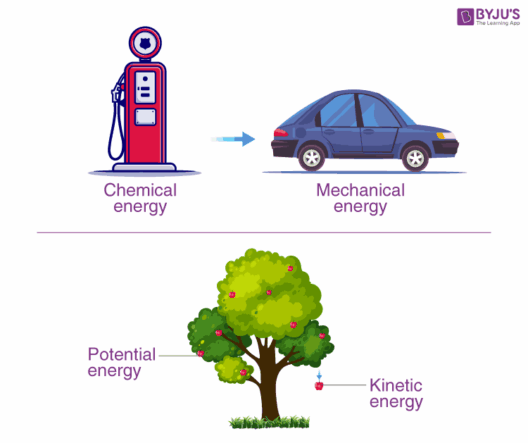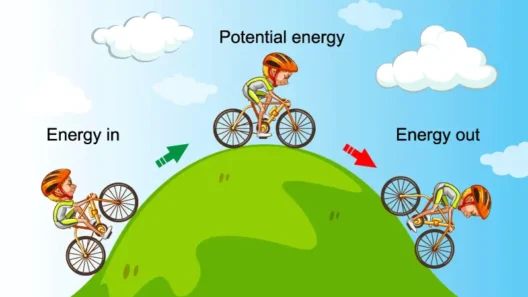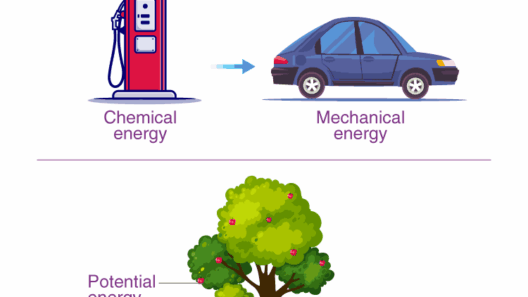Energy conservation in schools is akin to planting a garden—each small action is a seed that, with time, cultivates a lush landscape of efficiency. As educational institutions burgeon in number and size, their energy consumption escalates, often obscuring a critical responsibility: the stewardship of our planet’s resources. By adopting simple yet impactful strategies, schools can not only reduce their ecological footprint but also promote a culture of sustainability among students and communities at large.
Embracing energy conservation is not merely an act of compliance; it is a commitment to a future where education flourishes amidst a backdrop of environmental responsibility. The following guidelines aim to illuminate pathways for schools striving for energy efficiency.
Fostering a Conservation Culture
Awareness is the cornerstone of conservation. Schools can establish energy committees comprising faculty, students, and even local community members. Such collaborations can initiate discussions about energy usage and inspire creative solutions tailored to the unique dynamics of each institution. Workshops and seminars can elevate awareness, encouraging students to engage actively in energy-saving practices.
Real-life applications such as projects that track energy consumption, like monitoring the light usage in classrooms or analyzing heating patterns, can galvanize student participation. For instance, integrating a simple scoreboard illustrating the school’s energy-saving successes can foster a sense of friendly competition, turning energy conservation into a collective achievement rather than a mundane task.
Illuminating the Dark Side of Inefficiency
Lighting consumes a significant portion of energy in school settings. Transitioning from traditional incandescent bulbs to energy-efficient alternatives, such as LEDs or even solar-powered lights, can drastically diminish energy usage. Implementing motion sensors and timers ensures that lights remain illuminated only when necessary, further optimizing consumption.
Additionally, schools should take advantage of natural sunlight wherever feasible. Architectural designs that incorporate large windows, skylights, and light-colored surfaces can significantly reduce the need for artificial lighting during school hours. This not only lowers energy usage but also creates a vibrant and invigorating learning environment. The implementation of energy-efficient window treatments can aid in regulating indoor temperatures, further decreasing the reliance on heating and cooling systems.
Harnessing the Power of Nature
When it comes to heating and cooling, schools often rely heavily on HVAC systems that can be oversized and inefficient. Embracing passive design principles—much like a well-placed tree offering shade—can help moderate indoor temperatures with minimal energy expenditure. For instance, planting trees strategically around the school’s perimeter can provide shade during warmer months while allowing sunlight to warm the structure during the winter, reducing reliance on mechanical systems.
Additionally, the integration of green roofs and walls fosters insulation, reducing energy demands while simultaneously enhancing the aesthetic value of the school. Such biophilic designs promote not only a better environment but also an educational opportunity for students to learn about ecosystems and sustainability.
Making the Switch to Renewable Energy
Investing in renewable energy sources—particularly solar panels—is an increasingly viable option for schools looking to reduce their dependence on fossil fuels. Installing solar arrays on rooftops not only provides a sustainable energy source but also serves as an invaluable learning tool for students. The tangible experience of witnessing energy generation in real-time can cultivate a deeper understanding of renewable technologies and their importance in combating climate change.
Moreover, schools can explore partnerships with local energy providers to design programs that allow schools to purchase renewable energy directly, often at a reduced rate. Incentives, such as tax credits or grants, are increasingly available and can offset installation costs, making the transition to solar a financially pragmatic choice.
Smart Tech for Schools
The advent of technology has revolutionized how energy is consumed and conserved. Schools can now integrate smart meters and energy management systems that provide real-time data on energy consumption patterns. These systems can alert administrators to inefficiencies, guiding them in making informed decisions about energy use.
Sensors that monitor CO2 levels and indoor humidity can also play a pivotal role in maximizing energy efficiency. Schools equipped with systems that automatically adjust ventilation based on occupancy and environmental conditions can significantly curtail energy wastage, fostering a healthier and more conducive learning atmosphere.
Engaging the Community
Community involvement is an invaluable aspect of any energy-saving initiative. Schools that connect with local businesses, non-profits, and governmental organizations can access resources, expertise, and funding options that may not otherwise be available. Engaging in local sustainability events not only raises awareness but also cultivates a shared responsibility for energy conservation that extends beyond school walls.
Incorporating outreach programs where students educate their families about energy efficiency at home can amplify the impact of school initiatives. This ripple effect creates a community-wide ethos of sustainability, marrying education with pragmatic action towards a greener society.
In conclusion, schools stand at the forefront of a transformative journey towards energy efficiency. Each initiative undertaken is akin to planting a seed in the garden of our planet’s wellbeing. By adopting sustainable practices and fostering a culture of awareness and engagement, educational institutions can cultivate environments that not only benefit their immediate community but also contribute immeasurably to the preservation of our Earth for generations to come.





